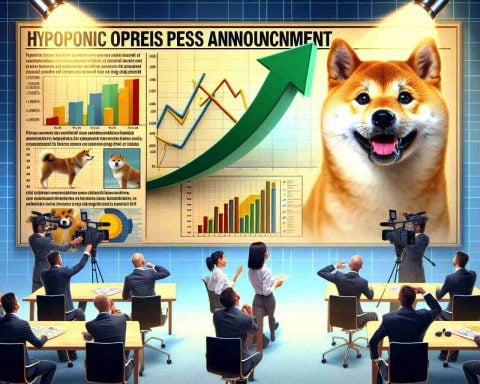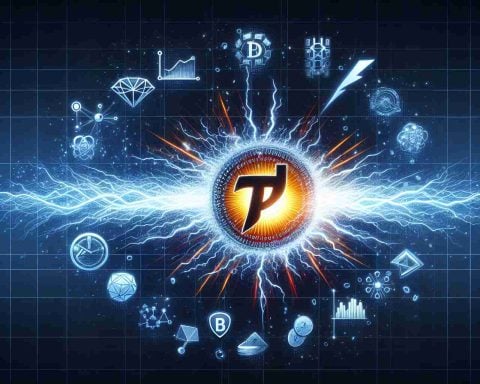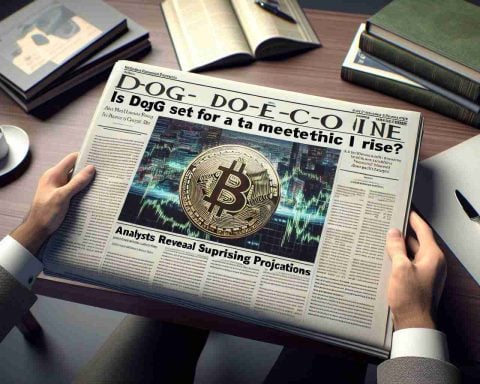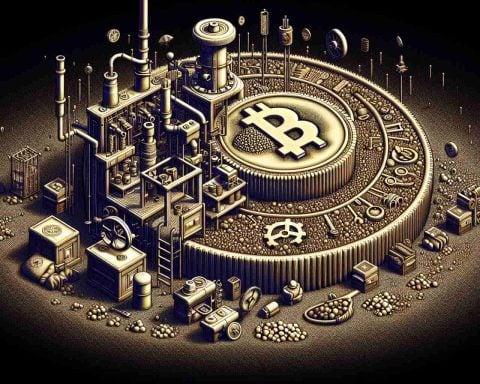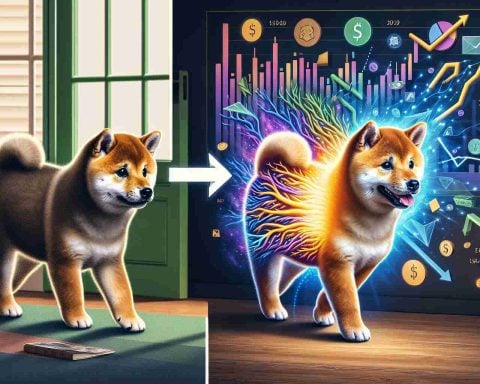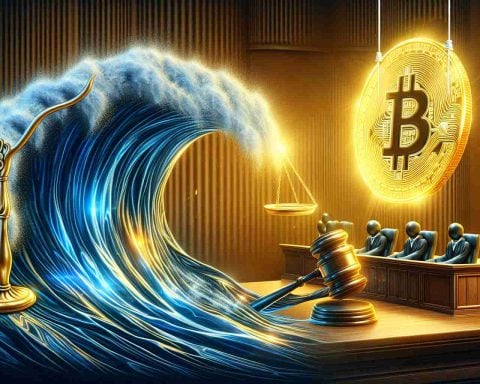In an unexpected twist at a Hong Kong press event, well-known crypto innovator Justin Sun astonished attendees by consuming a widely debated piece of art—a banana taped to a wall. The banana artwork, named Comedian, crafted by acclaimed Italian creator Maurizio Cattelan, became the center of media buzz as Sun highlighted its symbolism. Delighted by its notoriety, he described it as a bridge between traditional art and the digital world of cryptocurrency.
Sun’s action was the fulfillment of a $6.2 million purchase made during a Sotheby’s auction, setting the art world abuzz. The sale elevated the fruit-based installation into much more than just a creative statement; it transformed into an emblem of contemporary debates regarding what constitutes art and its relationship with new age mediums such as blockchain technology.
Rather than dismissing the banana as simple produce, Sun elaborated on its significance, linking it to the evolving narrative of art intertwined with technology and finance. His surprising consumption of the artwork underscored his belief in pushing the boundaries of art forms, echoing the dynamic nature of his professional ventures in the crypto space.
The 2019 debut of Cattelan’s provocative piece captured public interest, especially as it now resonates with themes pivotal in the digital asset era. Sun’s edible engagement with the piece highlighted its ongoing influence in discussions at the intersection of art, value, and digital culture.
The Intersection of Art, Cryptocurrency, and Public Reaction
In recent years, the worlds of art and technology have increasingly intertwined, sparking both debate and fascination. While the consumption of high-profile artworks like Maurizio Cattelan’s “Comedian” might draw shock and intrigue, they also open up a plethora of questions about the evolving definition of art. Justin Sun’s unusual move underscores this intriguing intersection, but what are the implications for individuals, communities, and countries at large?
Art and Cryptocurrency: A New Era
The debate continues on whether the digital currency sphere should intersect with the traditional art market. Both fields have their share of complexities, fluctuation, and innovation. But how do crypto transactions impact the art world? And what does this mean for art enthusiasts and collectors?
Interesting Fact: The auctioning of digital art on blockchain technology has gained momentum, turning assets into Non-Fungible Tokens (NFTs). These unique digital items are bought and sold using cryptocurrency, providing a new avenue for artists to monetize their work. Nevertheless, with this new format comes the challenge of understanding value legitimacy, authenticity, and rights management.
Advantages of Blockchain in Art
1. Enhanced Transparency: Blockchain’s public ledger allows for greater transparency in sales, making fraud more difficult. This can be beneficial for both artists seeking fair compensation and buyers seeking authenticity.
2. Expanded Market Access: Artists can reach a global audience, engaging with collectors who might not have been accessible through traditional art sales.
Disadvantages and Controversies
Environmental Concerns: Cryptocurrency mining, a key component in blockchain technology, is known for its high energy consumption. As a result, questions about the environmental implications are growing more urgent.
Market Volatility: Just like cryptocurrencies themselves, the digital art market can be highly volatile. Prices can be inflated by trends and speculation, creating risks for both artists and collectors.
How Does This Affect Communities?
As art becomes more digitized, cultural dynamics shift. Communities wrestling with the global reach of NFTs may experience changes in how they traditionally engage with art. The democratization of art brings both opportunity and challenge, particularly for those who value conventional collecting.
Persistent Questions
– Are digital tokens replacing traditional aesthetics, or merely extending its reach?
– How do smaller communities protect indigenous art and traditions amid this digital tide?
– Could global access to digital art diminish the uniqueness of regional artistic identity.
For a deeper dive into this topic, explore Sotheby’s for insights on art auctions, and The New York Times for coverage on cryptocurrency’s environmental impact.
As we observe these ongoing dialogues, Sun’s dramatic gesture at the Hong Kong event underscores the complexities and evolving narratives that define 21st-century art. Both spectators and stakeholders might agree: art, in its many forms, continues challenging our perceptions in unprecedented ways.







